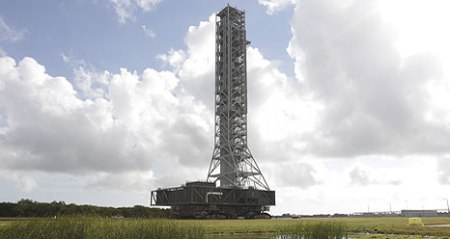NASA has conducted more tests on the robotic lander prototype at the Redstone Test Center facility of the US Army. The test results and the related data will be used in designing a new series of small, intelligent and versatile robotics landers, which will be used on exploration missions to the moon or other airless environments in the solar system.
 Mighty Eagle
Mighty Eagle
The lander prototype is being subjected to a series of stringent tests by the Robotic Lander Development project at Marshall Space Flight Center since early October. These tests are typically outdoor test manoeuvring tests.
For testing the team at NASA has gradually increased the landers flight profile, starting by hovering the lander at 3 ft and going up to 100 ft. The lander is called Mighty Eagle. When tested at 100 ft, the lander was able to hover autonomously for 30 s. The final manoeuvre test mimicked the descent approach by doing a horizontal translation of 30 ft during landing. The lander also exhibited capabilities of avoiding obstacles and safe landing. The lead engineer for the Robotic Lander Development Project explained that the lander was capable of launching, descending and also landing safely without any human interference. The Mighty Eagle is designed having three legs which make it look like a normal flight lander in appearance. It stands 4 ft tall and measures 8 ft in diameter and weighs 700 lbs along with the fuel.
The lander is controlled by a computer present on board, which activates the 16 thrusters present for controlled landing during a pre-programmed flight. Out of the 16 thrusters, 15 are pulsed and one is used for gravity cancellation. Using this prototype of the lander test algorithms, avionics, integrated system elements, software and landing legs can be developed and tested. These tests will be followed by another round of testing in early spring for testing advanced navigation capabilities.